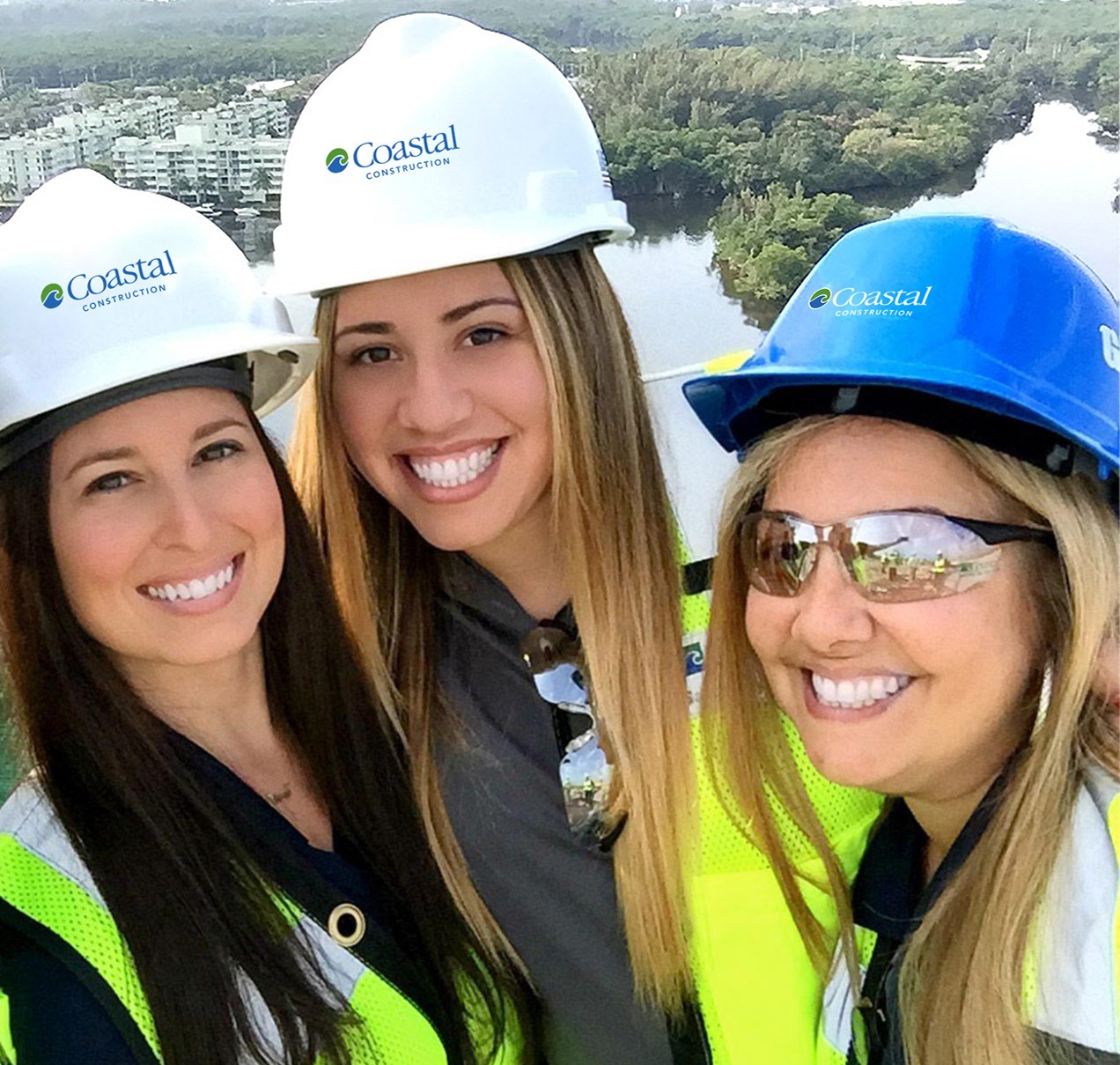Table of Contents
- Introduction
- Understanding Coastal Environments
- 2.1 Coastal Zones and Ecosystems
- 2.2 Impact of Climate Change on Coastlines
- Challenges in Coastal Construction
- 3.1 Erosion and Sediment Transport
- 3.2 Storm Surges and Floods
- 3.3 High Winds and Hurricane Resilience
- Sustainable Coastal Building Practices
- 4.1 Eco-friendly Materials
- 4.2 Nature-Integrated Design
- Adapting to Rising Sea Levels
- 5.1 Elevating Structures
- 5.2 Floating Architecture
- Engineering Innovations in Coastal Construction
- 6.1 Seawalls and Revetments
- 6.2 Breakwaters and Jetties
- 6.3 Beach Nourishment
- 6.4 Mangrove Restoration
- Balancing Development and Conservation
- 7.1 Coastal Zone Management
- 7.2 Environmental Impact Assessments
- Case Studies of Successful Coastal Projects
- Economic and Social Impacts of Coastal Construction
- Ensuring Safety and Resilience
- 10.1 Emergency Response Plans
- 10.2 Community Engagement
- Coastal Construction in a Changing World
- Conclusion
Introduction
Coastal construction has always been a compelling yet challenging venture. Building in these delicate regions demands a deep understanding of the dynamic coastal environment and the ability to address nature’s forces while ensuring sustainability. This article explores the nuances of coastal construction, from the environmental challenges faced to innovative engineering solutions, all while maintaining a balance between progress and conservation.
Understanding Coastal Environments
2.1 Coastal Zones and Ecosystems
Coastal zones encompass the areas where land and sea converge, creating unique ecosystems that sustain a myriad of flora and fauna. These regions serve as natural buffers, protecting inland areas from the brunt of storms and erosion. Understanding the intricacies of these ecosystems is vital for responsible coastal construction.
2.2 Impact of Climate Change on Coastlines
As climate change accelerates, coastlines face increasing threats. Rising sea levels, more intense storms, and unpredictable weather patterns pose significant challenges to construction projects near the coast. Adaptation strategies must consider these changes to ensure long-term viability.
Challenges in Coastal Construction
3.1 Erosion and Sediment Transport
Erosion is an ever-present concern in coastal areas. The relentless force of waves and currents erodes shorelines, impacting nearby structures. Proper engineering techniques and coastal management can mitigate erosion risks.
3.2 Storm Surges and Floods
Coastal regions are vulnerable to storm surges and flooding during extreme weather events. Robust construction practices, including elevated foundations and flood-resistant materials, are essential for safeguarding against these natural disasters.
3.3 High Winds and Hurricane Resilience
Hurricanes and tropical storms can unleash devastating winds upon coastal communities. Building structures that can withstand these powerful forces is crucial for reducing the risk of damage and ensuring the safety of inhabitants.
Sustainable Coastal Building Practices
4.1 Eco-friendly Materials
Embracing eco-friendly materials minimizes the ecological impact of coastal construction. Recycled and renewable materials, such as reclaimed wood and eco-concrete, play a vital role in sustainable coastal development.
4.2 Nature-Integrated Design
Incorporating nature into architectural design not only enhances the aesthetics but also fosters ecological balance. Green roofs, living shorelines, and dune restoration projects exemplify how nature can synergize with construction.
Adapting to Rising Sea Levels
5.1 Elevating Structures
Rising sea levels necessitate innovative approaches, such as elevating structures above potential flood levels. This adaptation strategy safeguards properties and infrastructure from inundation.
5.2 Floating Architecture
Floating architecture offers an intriguing solution to the challenges posed by rising seas. Buildings that can float or rest on pontoons provide flexibility in the face of changing water levels.
Engineering Innovations in Coastal Construction
6.1 Seawalls and Revetments
Seawalls and revetments act as barriers against wave energy, shielding coastlines from erosion. However, careful consideration must be given to their ecological impacts and long-term sustainability.
6.2 Breakwaters and Jetties
Breakwaters and jetties modify wave patterns, protecting harbors and shorelines. Balancing the needs of navigation and environmental preservation is essential when implementing these structures.
6.3 Beach Nourishment
Beach nourishment involves replenishing eroded shorelines with sand. This practice helps maintain natural coastal dynamics and enhances protection against storms.
6.4 Mangrove Restoration
Mangroves are valuable coastal ecosystems that provide numerous benefits, including acting as natural buffers against storms. Restoring and preserving mangroves can significantly contribute to resilient coastal areas.
Balancing Development and Conservation
7.1 Coastal Zone Management
Coastal zone management seeks to harmonize development and conservation goals. Effective planning and regulations are crucial to safeguarding both the environment and human interests.
7.2 Environmental Impact Assessments
Thorough environmental impact assessments help identify potential risks and guide decision-making in coastal construction projects. They ensure that projects minimize negative ecological consequences.
Case Studies of Successful Coastal Projects
Examining successful coastal projects provides valuable insights into best practices. Highlighting projects that combine sustainability, resilience, and aesthetics inspires future developments.
Economic and Social Impacts of Coastal Construction
Coastal construction has wide-ranging economic and social effects. From job creation to tourism opportunities, understanding these impacts is vital for informed decision-making.
Ensuring Safety and Resilience
10.1 Emergency Response Plans
Incorporating well-designed emergency response plans prepares coastal communities for any eventuality. These plans ensure a swift and organized reaction during crises.
10.2 Community Engagement
Engaging with local communities during the planning and execution stages fosters a sense of ownership and strengthens resilience. The involvement of stakeholders leads to more successful projects.
Coastal Construction in a Changing World
As the world evolves, so do the challenges and opportunities in coastal construction. Staying attuned to emerging technologies and scientific advancements is crucial for sustainable progress.
Conclusion
Coastal construction is a dynamic field that demands creativity, innovation, and environmental stewardship. By embracing sustainable practices and engineering solutions, we can build resilient structures that coexist harmoniously with nature. As we forge ahead in the face of climate change, let us remember that responsible coastal construction not only protects our coastal communities but also preserves the beauty and integrity of our precious coastlines.





Leave a reply